Chinese Solar Panel Bosses Warn of Interim Overcapacity
Listen to the full version
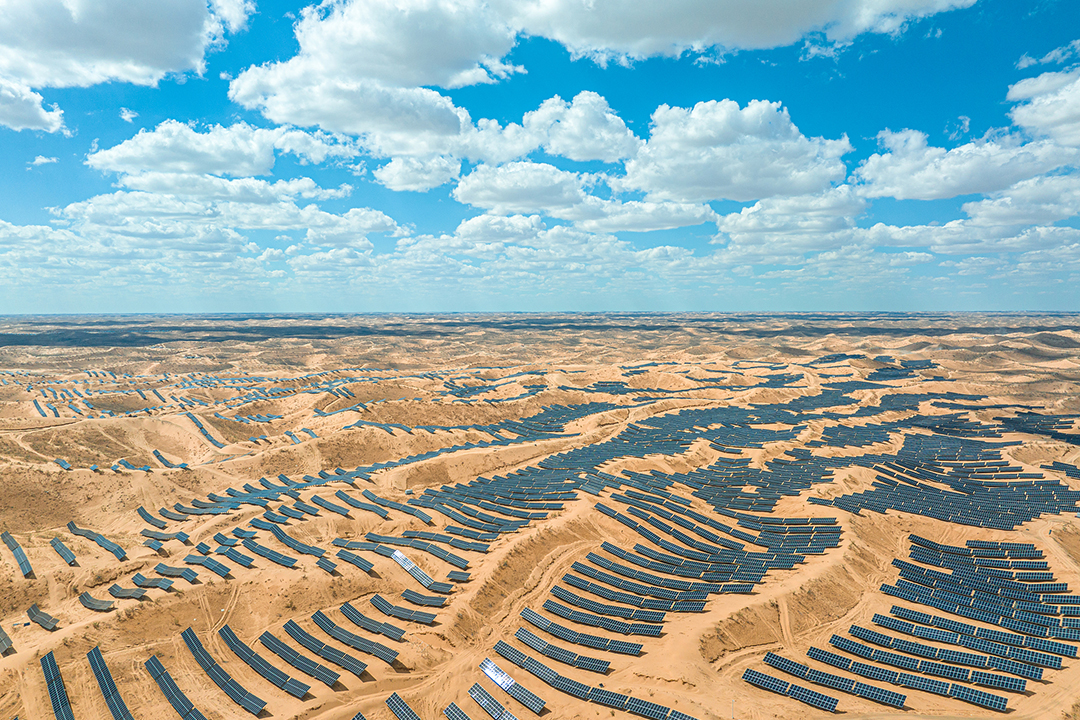
Overly enthusiastic investors and excessive local government project development have driven China’s solar capacity sky high, far outstripping demand while sending prices along the supply chain plummeting and wiping out manufacturers’ profits, according to solar experts and industry executives.
The rapid expansion has caused “interim overcapacity” for the industry, Li Gang, chairman of Jiangsu province-based Seraphim, told the SNEC Solar PV Conference & Exhibition in Shanghai last week.

Download our app to receive breaking news alerts and read the news on the go.
Get our weekly free Must-Read newsletter.
- DIGEST HUB
- China’s solar manufacturing capacity has reached about 861 GW, leading to significant overcapacity and price drops across the supply chain.
- In 2023, over $130 billion was invested in China's solar industry, which now holds more than 80% of the world’s manufacturing capacity for key solar components.
- Experts suggest the problem may be underutilization of global solar capacity rather than just overcapacity, advocating for worldwide deployment to meet renewable energy goals by 2030.
China’s solar industry is grappling with severe overcapacity, driven by excessive investments and local government project developments, vastly surpassing demand and collapsing prices across the supply chain. This overexpansion has severely affected manufacturers' profits [para. 1]. Li Gang, chairman of Jiangsu province-based Seraphim, highlighted the issue of “interim overcapacity” during the SNEC Solar PV Conference & Exhibition, noting that China’s manufacturing capacity for solar modules is approximately 861 gigawatts (GW). This capacity allows the industry to complete work done over the past 20 years in just nine months, reflecting severe overcapacity [para. 2][para. 3].
In 2023, over $130 billion was invested in China's solar industry, with the country expected to dominate over 80% of the world’s solar manufacturing capacity from 2023 to 2026. Additionally, China added a record 217 GW of solar power capacity last year, surpassing the entire solar capacity ever built in the U.S. [para. 4][para. 5].
The rapid capacity expansion has led to a significant price collapse. President Xi Jinping’s key economic meeting identified “repeated planning and fierce competition” and overcapacity in emerging industries like solar [para. 6]. Gao Jifan, chairman and CEO of Trina Solar, pointed to blind investments, excessive local government efforts, and disorderly financial lending as contributing factors. These elements have driven solar product prices down, forcing manufacturers to operate at a loss and make significant operational adjustments, including workforce reductions [para. 7][para. 8][para. 9].
The executives stated that prices have dropped to or below production costs across the industry, confirming the inevitability of a price collapse due to overcapacity [para. 9][para. 10]. Despite these challenges, Chinese companies have been pivotal in making solar power an affordable renewable energy source over the past decade [para. 11].
Zhu Gongshan, chairman of GCL Holdings, highlighted that while the manufacturing capacity tripled in recent years, profits dropped by about 70%, marking what he termed an “ice age” for China’s solar industry. Zhu predicted major changes beyond the regular industry consolidations [para. 12][para. 13]. Calls for government intervention were made to control industry expansion, suggesting a registration system for new projects [para. 14]. The central government has responded by drafting industrial standards and suspending new silicon capacity approvals [para. 15].
However, not all view overcapacity as a negative. Ding Xiufeng, a Communist Party secretary from Inner Mongolia, argued for increased solar capacity, citing potential demand from developing countries and projected global demand of 820 GW annually by 2030 [para. 16][para. 17].
Some analysts from Ember, a London-based think tank, argued that the issue isn’t overcapacity but rather the “under deployment” of solar power globally. Fully utilizing China’s spare capacity could help meet global renewable energy goals and improve electricity access in developing countries [para. 19]. This perspective suggests that China’s reserves are an underutilized asset rather than an excess [para. 20].
Li Shuo, director at the Asia Society Policy Institute, echoed this sentiment, stating that China’s capacity could help meet climate goals if global deployment conditions are improved, such as reforming power markets [para. 21]. However, Yana Hryshko from Wood Mackenzie noted that while the theory of under-deployment is accurate, practical barriers like development constraints, labor shortages, and power grid issues make it challenging to achieve [para. 23].
In conclusion, while China’s solar capacity surge has driven down prices and profits, opinions differ on whether this represents detrimental overcapacity or potential underutilized global resources [para. 20][para. 22][para. 24].
- Late last year:
- A key economic meeting presided over by President Xi Jinping noted 'repeated planning and fierce competition' in some emerging industries, including solar.
- Last month:
- Shanghai Securities News reported that relevant departments were drafting industrial standards for solar manufacturing and had suspended approving new silicon capacity.
- As of last week:
- Richard Black from Ember told Caixin that by deploying China’s 'spare capacity,' the world could be in a better position to triple renewable power-generating capacity by 2030.
- 2023:
- More than $130 billion was poured into China’s solar industry, and the country is expected to hold more than 80% of the world’s manufacturing capacity along the solar supply chain from 2023 to 2026.
- June 11, 2024:
- Gao Jifan from Trina Solar Co. Ltd. spoke at a meeting, commenting on the industry's overcapacity.
- June 14, 2024:
- The article was published with an image caption including this date.
- GALLERY
- PODCAST
- MOST POPULAR


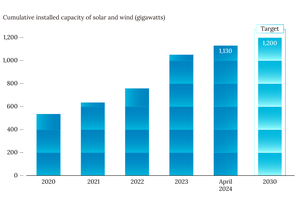
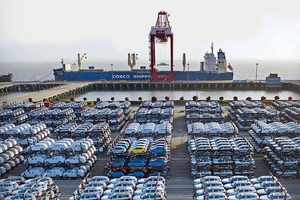
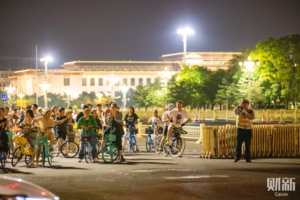


 Sign in with Google
Sign in with Google
 Sign in with Facebook
Sign in with Facebook
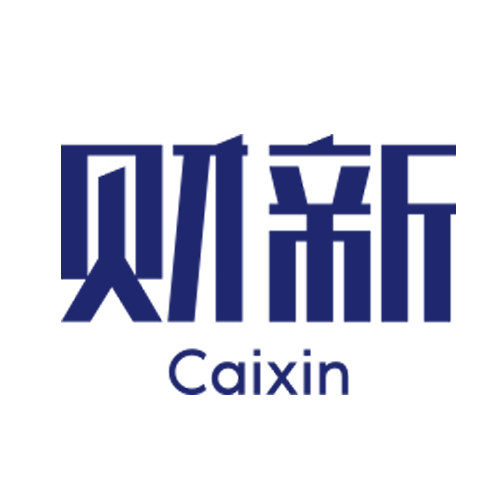 Sign in with 财新
Sign in with 财新